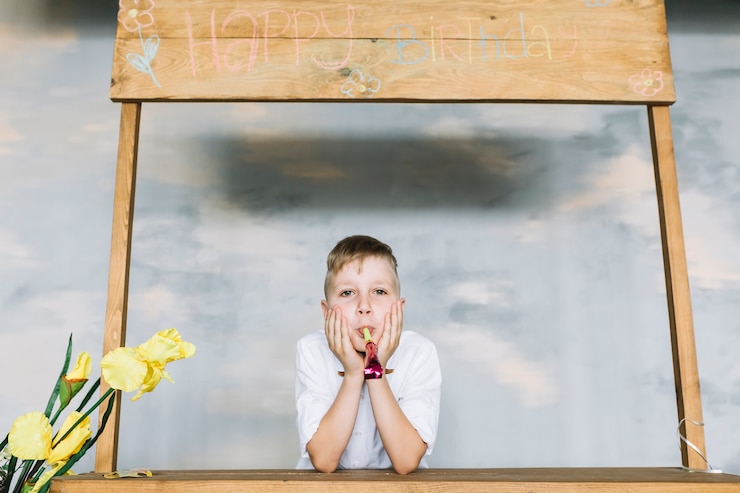
**Inside:** Discover the most common mistake in disciplining children and learn how adjusting your viewpoint on their behaviors can make a positive difference.
**Table of Contents**
Many of us like to see ourselves as optimistic, the “glass is half full” type of people. I’ve always leaned towards optimism, a perspective that was reinforced during a Philosophy 101 class I attended at Fraser Hall two decades ago. Our teacher introduced two basic views on humanity: people are either fundamentally good, occasionally doing bad things, or inherently bad, sometimes doing good.
Reflecting on my journey, I’ve long gravitated towards optimism. As a mental health counselor, I’ve learned from my clients’ experiences that, generally, we all navigate this complex world as best we can. One of my favorite quotes that resonates with this idea comes from Harper Lee in *To Kill a Mockingbird*: “You never really understand a person until you consider things from his point of view . . . until you climb into his skin and walk around in it.” This quote emphasizes that people are more than just the behaviors we observe.
**How does this relate to disciplining children?**
We frequently overlook this empathetic mindset when dealing with children, who are incredibly vulnerable and need our understanding. We often rush to judgment about their behavior without realizing there’s more beneath the surface.
Consider this: Why do we assume negative intentions when kids act out? When a child cries, we label them as whiny. When they argue, we see them as disrespectful. Not listening is seen as naughtiness, and a meltdown brands them a brat.
If any of these ring true for you, pause and ask yourself: Aren’t there times when, as an adult, you find yourself whining or having emotional outbursts? Children exhibit these behaviors simply because they’re still learning and haven’t yet developed more effective ways to express their needs or manage their emotions.
The labels “naughty,” “disrespectful,” or “whiny” often reflect our reactions more than the child’s reality. Just like us, children behave in response to their needs. Understanding these needs can completely change how we approach discipline.
**Consider these perspectives:**
– A whining child might just need more sleep.
– A child calling their sibling names may struggle with self-esteem.
– Defiance could be a way of seeking boundaries for security.
– A toddler hitting a new sibling might feel jealous and lonely, needing connection.
– Meltdowns might be signs of fear.
– A child getting out of bed repeatedly might be seeking comfort for anxiety.
– Throwing food could be a test for boundaries and safety.
– A middle schooler avoiding homework might have challenges with executive functions.
With countless factors influencing a child’s development, it’s worth digging deeper into what’s driving their challenging behaviors. Assuming kids choose to be “naughty” can be an oversimplification and a shortcut for us.
We all want to instill a sense of right and wrong in our children. To do this effectively, we need to explore the root causes of their behaviors. Our perceptions shape our discipline methods, ultimately affecting how well they learn.
Reacting to behaviors as personal offenses leads to emotional, rather than intentional, responses. Children struggling to meet basic needs and doing their best deserve our compassion and guidance, not shame or anger.
The essence of discipline is teaching, not punishing. By considering the underlying needs before responding, we benefit our child’s behavior now and their emotional well-being in the future. Here are some advantages of this approach:
1. **Calmness models emotional regulation, teaching children how to manage anger.**
2. **Providing security shows children their challenges don’t unsettle us, reducing their anxiety.**
3. **Firm yet respectful boundaries increase the likelihood of internalizing lessons.**
4. **Problem-solving and communication teach vital life skills.**
5. **A strong relationship allows you influence without control.**
6. **Protecting self-esteem teaches accountability and resilience.**
7. **Natural consequences are more effective than guilt, avoiding long-term anxiety.**
8. **Modeling respect lays groundwork for healthy future relationships.**
In the hustle of daily tasks like bath time and packing lunches, it’s easy to forget that children’s struggles aren’t about us. Their behaviors express needs like hunger, loneliness, or overwhelming experiences.
Supporting a child to thrive is a heavy responsibility, and their behaviors can feel personal after a long day. But just as we wish for grace on our tough days, we should extend it to them. Remember, growing up is complex.
By approaching discipline with patience and curiosity, we enhance our child’s behavior, protect our relationship, and secure their emotional future. There’s no perfect parenting, but striving to understand and meet your child’s needs makes a world of difference every day.
P.S. If you’re looking to discipline with empathy and without negative tactics, I’ve got resources for you. The **Positive Discipline Set** is designed to guide you in teaching and guiding your child without harmful methods.
Join 30,000 other intentional parents receiving the Parents with Confidence weekly email. Sign up for a FREE 5-day email parenting course to learn:
– How to safeguard your child’s self-esteem
– Strategies to gain your child’s cooperation
– Essential future skills for your child
– Techniques to discipline without causing emotional harm
**JOIN + SEND MY ECOURSE!**
We respect your privacy. Unsubscribe anytime.
Join 30,000 other intentional parents today!



